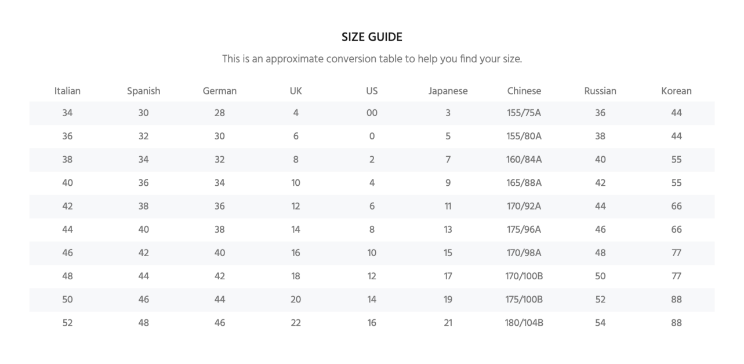Nasturtium SINGLE MIX Climbing Vine 6-10 Feet tall Hummingbirds Fragrant Edible 20 Seeds
No Fillers ? Pure Seed? Non-GMO ? Safe Seed Pledge
PRODUCT DESCRIPTION
- Nasturtium, Single Mix
- (Tropaeolum majus)
- Single Mixed Nasturtium is a larger, trailing Nasturtium that can get up to 8-10 feet in length.
- The single flowers come in a mix of gold, orange, red and yellow. Flowers are edible and have a tangy, pepper taste.
- Try them in salads or stuffed with a cream cheese filling.
- Also makes a colorful garnish. Bumble bees love the flowers.
Hummingbird Attractor
Because their nectar is exceptionally sweet (sucrose rather than fructose or glucose, and very concentrated), the flowers are large and in the yellow-red spectrum, nasturtiums are attractive to hummingbirds. Their long tongues and the nasturtiums' long nectar-rich spurs evolved together.
Butterfly Host Plant
Nasturtiums are butterfly host plants, attractive to many varieties as places to lay their eggs. Butterflies will lay their next brood's eggs often on the underside of nasturtium leaves, but sometimes on the top, hopefully hidden from predators
Deer Resistant
Nasturtium (Tropaeolum species)
Everyone loves nasturtiums, and having them on a list of deer-resistant annuals is a must. Their round, succulent leaves and colorful flowers fill the garden like few other plants can. Trailing varieties creep along the ground, while bush-forming varieties stay more compact.
Edible, Flower Seeds for Beds and Borders
Nasturtiums are a beautiful flowering plant that is easy to grow and wonderful to cook with. The whole plant is edible, from the flowers to the leaves and is packed full of flavour and beneficial vitamins and minerals.
Attracts Pollinators
Nasturtiums are plants that are often used as trap crops for attracting aphids or squash bugs. Nasturtium companion plants can draw such pests away from vegetable plants like tomato and squash. They also attract good bugs such as pollinators and hoverflies, a predator of common pests like aphids.
FAST FACTS
SCIENTIFIC NAME: Tropaeolum majus
COLOR(S): Mixed Colors
SEED TYPE: Annual, Tender Perennial
SUN: Full Sun
MOISTURE: Dry, Moderate
HEIGHT 8-10 feet
BLOOM PERIOD: Fall Blooming Flowers, Summer
HOW TO GROW NASTURTIUM
Planting Nasturtium Seeds
- PLANTING SEASON: Spring
- SEED PREP: Soak
- SOWING METHOD: Direct Sow
- LIGHT REQUIREMENT: Full Sun, Partial Shade
- PLANTING DEPTH: 1/2 inch
- PLANT SPACING: 10 inches
- WATER NEEDS: Average
- HARDINESS ZONES: 1, 2, 3, 4, 5, 6, 7, 8, 9, 10
- COVERAGE: Packet 20 Up to 80 Sq. Ft
About Nasturtium
These jewel-like flowers, with their flat, round leaves and bright flowers, grow well in containers or as pollinator attractors in vegetable gardens. Beautiful and beneficial, nasturtiums are often planted as companions to vegetables as they can help to repel harmful pests. Not only do nasturtiums produce gorgeous blooms, but the blooms and leaves are also edible and have a sweet, peppery taste. They work best in summer salads giving a radish-like taste and elevating the look of your salad from mere food to culinary art!
Where to Plant Nasturtium Seeds
Nasturtiums perform best in full sun, in average, slightly acidic, well-drained soils. Light shade is tolerated in hot summer areas. Nasturtiums do better in soil of moderate to low fertility. Nasturtiums do equally well in containers and in garden beds. Some of the trailing varieties show off their beauty draping over the sides of pots or walls. They also like to ramble over hillsides. Consider planting them in your vegetable garden as well, as they draw aphids and other unwanted pests away, yet attract beneficial pollinators.
When to Plant Nasturtium Seeds
Sow seeds outdoors after all danger of frost has passed or indoors four to six weeks prior to your last spring frost date
How to Plant Nasturtium Seeds
Before planting, we recommend soaking seeds for four to eight hours to encourage germination. Learn more about soaking seeds here. Sow seeds about ½ inch deep and 10 to 12 inches apart in the garden if direct sowing.
For indoor planting, sow seeds in potting mixture ½ inch deep, and water well. Keep the soil moist and at 70 to 75°F consistently. The seeds will germinate and emerge in 10 to 14 days. As soon as you see growth, provide plenty of light by a sunny window or with the use of grow lights. Leave lights on for 16 hours a day, turning off for eight hours. Fertilizer can be used when seedlings reach three to four weeks old, but it is not necessary. After all danger of frost has passed, transplant hardened-off seedlings with care, as nasturtium roots easily damage during handling. Read more about hardening off here.
How to Care for Nasturtium
Water regularly throughout the growing season, but be careful not to overwater. Deadhead your plants to prolong blooming. If maintaining your nasturtiums in containers, they'll need to be trimmed back occasionally to promote new foliage. Leaves and flowers can be harvested anytime, using scissors to avoid damaging the plants.
Free shipping on all orders in the USA.
Our amazing support team is here to help. Text us at 678 316 0940 and get an instant response
Your Payment is Secure and So is your Purchase. Simply return it within 30 days for an exchange.
Grab a hosting plan for that small business or personal website. Fast Setup, great speeds, low prices. Managed Hosting Too.Text us at 678 316 0940












